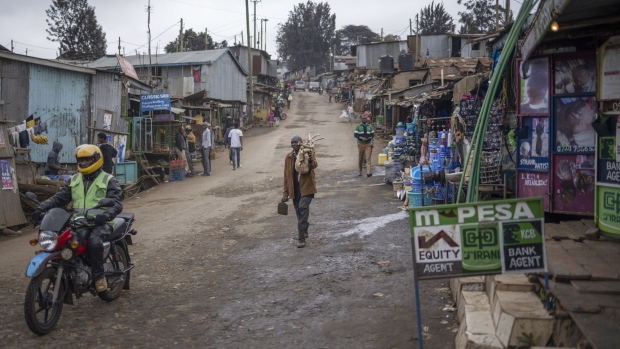Jan 31, 2023
Kenya Expects $700 Million in World Bank, IMF Funding in Months
, Bloomberg News

(Bloomberg) -- Kenya will receive at least $700 million from the World Bank and International Monetary Fund within months, according to the central bank, disbursements that will ease pressure on the nation’s foreign-currency reserves.
The East African nation will get at least $400 million — a figure “likely to be much higher” — from the World Bank by the end of June, Central Bank of Kenya Governor Patrick Njoroge told reporters Tuesday in the capital, Nairobi. About $300 million more is expected from the International Monetary Fund after the lender completes a program review scheduled for June, he said.
Kenya’s foreign reserves have fallen to the lowest level since 2015 after the shilling weakened amid higher inflation, driven by increasing energy and food costs. Reserves, currently at $7 billion, are equivalent to 3.92 months of estimated imports, Njoroge said in a statement on Monday, when he announced the Monetary Policy Committee’s surprise decision to keep official interest rates unchanged at 8.75%. Kenya targets to maintain reserves at a minimum of four months of import cover.
“The reserves that we are holding remain adequate for their purpose,” Njoroge said on Tuesday. “We accept lower reserve cover given the unfavorable conditions,” he said, referring to costlier debt in international markets.
Financing from the multilateral lenders falls within President William Ruto’s plan to ease the nation’s debt burden, partly by reducing appetite for more-expensive commercial loans. His administration aims to reduce the budget deficit to 4.3% of gross domestic product in the year through June 2024, from a projected 5.8% in the previous year.
Kenya’s reserves came under increased pressure despite external remittances — one of the nation’s biggest sources of foreign currency — climbing 8% year-on-year to $4.03 billion in 2022. Reserves could further decline as high borrowing costs limit access to global credit markets, according to the IMF.
©2023 Bloomberg L.P.





